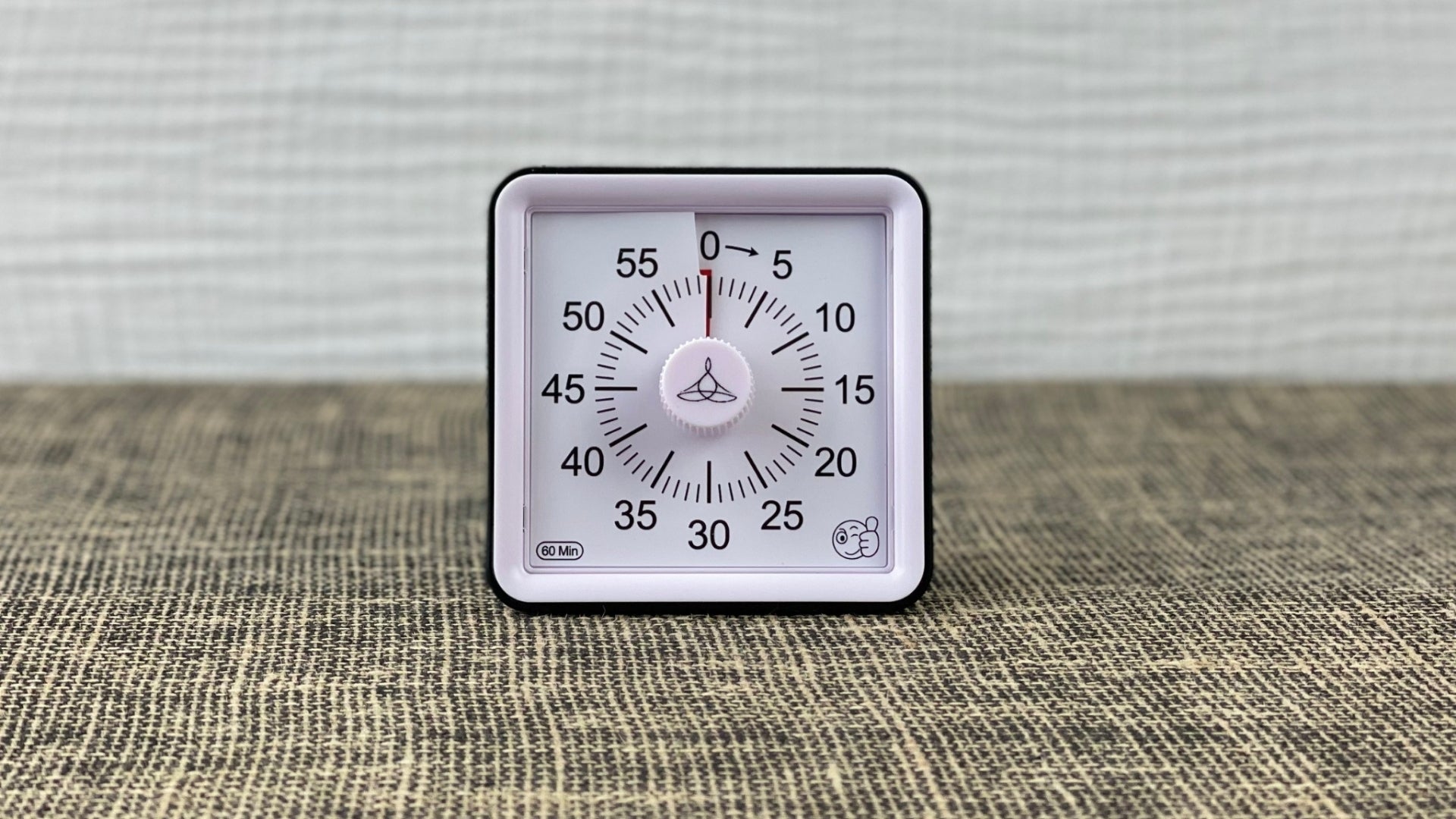
Time Blocking - The Secret to Getting More Done In Less Time
Distractions are inevitable - those emails, social media, meetings, and surprise interruptions will always find a way to derail you. As a result, tasks take longer than they should, and productivity suffers. That’s where time blocking comes in. This time management technique helps you stay focused, organized, and efficient. And that means you can get more done in shorter periods of time.
What Is Time Blocking?
It’s a way of scheduling your day into blocks of work or activity on your high-priority tasks. Rather than working in a reactive mode - task switching, reading emails, managing interruptions - you create an organized schedule for those tasks.
Let’s say you’d use your day like this: 8:00 AM to 10:00 AM for intense work (writing or strategic planning). Then, from 10:00 AM to 10:30 AM, for checking emails. After that, 10:30 AM to 11:30 AM for meetings. And finally, 11:30 AM to 12:00 noon for a break. Planning your day ahead of time avoids decision fatigue, reduces lost time and gets you maximum efficiency.
There are a few different types of time blocking
- Task-based time blocking means reserving blocks of time for specific tasks.
- Day theming means dedicating entire days to specific work (planning on Monday, creative work on Tuesday, etc)
- Time batching groups similar tasks - answering emails or making calls - to reduce the time spent switching between them.
You should choose the method that fits your working style and goals.
How Does It Work?
Time blocking is about more than just a to-do list. It’s about crafting your day with intention. Here’s how that works in practice.
Identify Your Priorities
First, you need to know what you really want to achieve. That means identifying your priorities. What needs to be done in deep focus? What tasks will actually get you closer to your goals? What daily or weekly tasks take up a big chunk of your time? Scheduling those activities as a priority means your calendar starts to reflect what really matters.
Create A Schedule
When you’ve got your priorities straight, you can start scheduling your day. Think about your peak productivity hours - when you’re most focused. Group similar tasks together (like checking emails or making phone calls) to minimize the time you spend switching between them. Break your work into smaller blocks with regular breaks to avoid burnout and keep your concentration sharp.
Block Out Distractions
But time blocking won’t work unless you actually create a distraction-free workspace. That means silencing your phone and computer notifications, closing out any apps or browser tabs you don’t need, and setting boundaries with family and colleagues. When you’re able to focus without interruptions, you get things done in less time.
Stick To Your Schedule
Sticking to your schedule is the hardest part. Flexibility is inevitable, but don’t keep changing tasks or letting interruptions take over. If something urgent comes up, try to reschedule your blocks rather than ditching them entirely. In the long run, that discipline will make time blocking a habit that saves you time and boosts your effectiveness.
What Are The Benefits Of Blocking Out Time?

Time blocking done right can be a total game-changer for productivity, organization and your work-life balance.
Increases Productivity
One of the main advantages of time blocking is that it helps you work more productively and focus better. By dedicating a fixed time slot to each activity-you’re less likely to multitask or waste time switching between tasks. That means you can actually get things done.
Reduces Stress
A well-planned schedule also eliminates the feeling of being overwhelmed by tasks. You know exactly when you’ll do each activity, so you can approach your day with more calmness and control, which reduces stress.
Improves Time Management Skills
Time blocking helps you develop a realistic understanding of how long tasks take and plan your schedule accordingly. You’re not overpacking your schedule or leaving too much free time. That means you can make time for both work and personal tasks and keep them in balance.
Allows For Better Work-Life Balance
When you time-block for both work and personal tasks, you ensure neither takes over your life. You’ve got space for exercise, family, hobbies and recreation. That’s a much healthier approach to time management.
How Can It Help With Time Management?
Helps Prioritize Tasks
By scheduling your tasks in fixed time slots, you’re forced to prioritize. You schedule the important tasks first and make sure they get done before the less important tasks. That means you’re not wasting time on non-essentials.
Prevents Procrastination
Time blocking also prevents procrastination. When tasks are scheduled, you know exactly when to start and finish them. There’s less room for delay.
Increases Focus And Concentration
Each time block is dedicated to a single task. That removes distractions and increases focus. This way, you can get higher-quality work done in less time.
How To Implement It Into Your Daily Life?
Time blocking is a simple yet powerful way to change how you organize your day. Here’s how to get started:
1. Start With Small Time Blocks
If you’re new to time blocking, start with short time slots. For example, try blocking 30-minute or 1-hour chunks instead of scheduling your entire day at once. Gradually increase the time as you get more comfortable with the process.
Use productivity tools from Rest and Digest. Our Leuchtturm1917 Bullet Journal helps you stay on track with flexible layout and useful features like a pocket guide and page dividers, so you can manage tasks and goals in a structured way.
2. Use Time Management Apps or Tools
Technology can make time blocking easier. Digital calendars like Google Calendar let you colour-code your time blocks, while productivity apps like Trello, Asana and Pomodoro timers help you stay on track. These tools help you stay accountable and track your progress.
3. Adjust Your Schedule as Needed
Time blocking isn’t about being rigid - it’s about creating a flexible framework that works for you. If unexpected tasks arise, adjust your schedule without abandoning it completely.
4. Make Time Blocking A Habit
The more you practice time blocking, the easier it becomes to stick to your schedule and be efficient. Start by reviewing your schedule at the beginning of each day, reflecting on what worked well and making small changes over time. The more you use time blocking, the more natural it will become and the more long-term improvements you’ll see in productivity and time management.
Take Control of Your Time
Time blocking is a powerful tool for managing time, increasing productivity and balance. By structuring your day into focused work sessions, you can get more done and reduce stress and burnout. The key to success with time blocking is prioritization, commitment and flexibility. Whether you’re managing work projects, studying, or personal responsibilities, this method helps you take control of your time and get more done with less effort.
Use the Leuchtturm1917 Bullet Journal for structured planning and the Rest and Digest Productivity Timer to stay focused and energized. Start small, be consistent and adjust over time. Time blocking will change your life.





